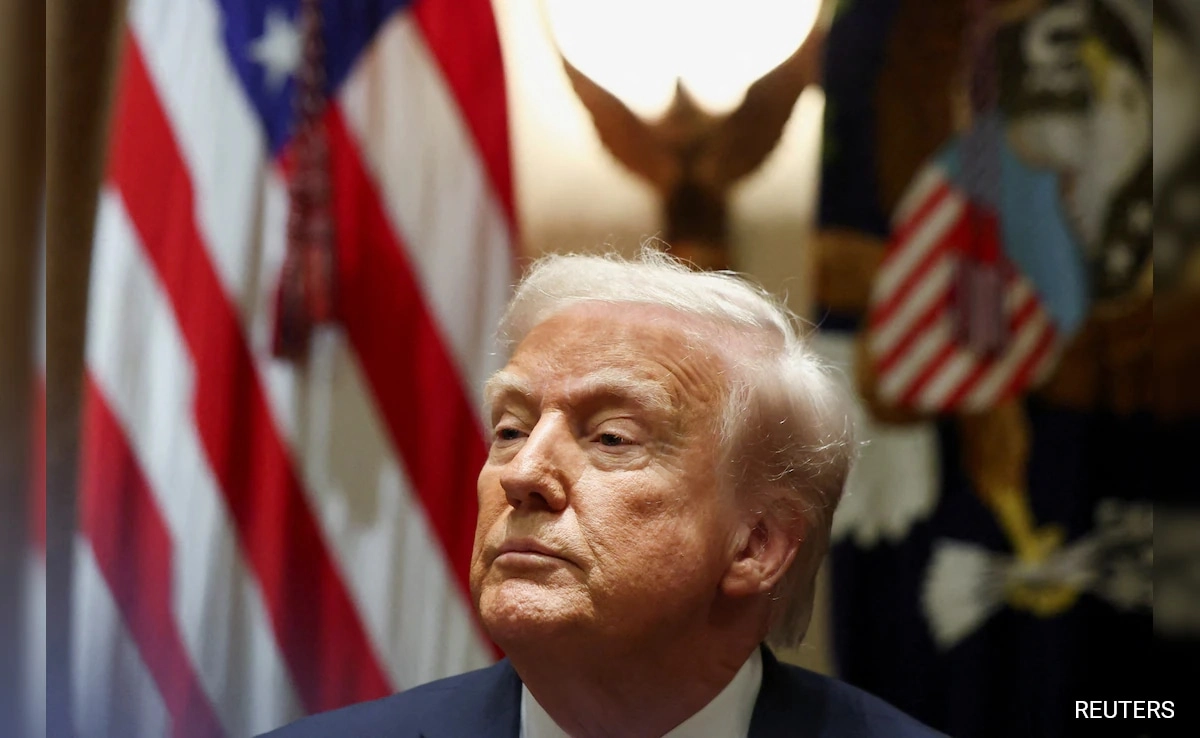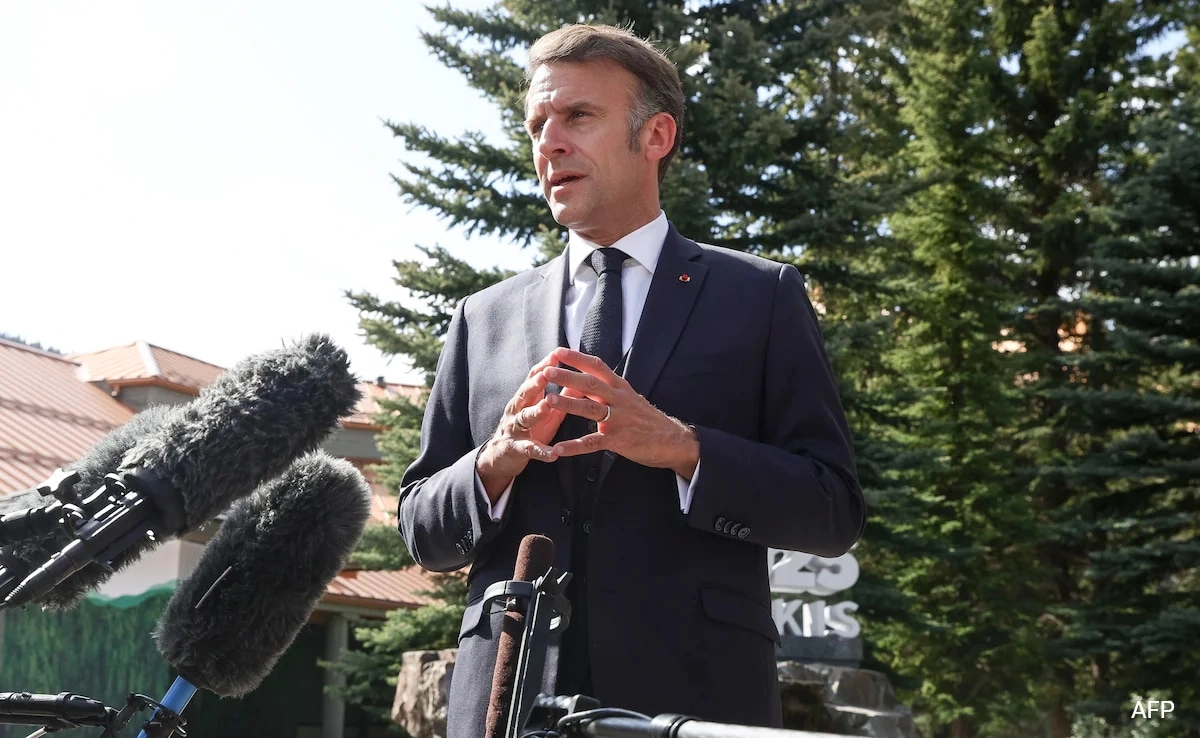In recent discussions, the Chair of the Federal Reserve provided insights into the significant ramifications of the tariffs imposed during the Trump administration. These tariffs, primarily aimed at curbing imports from countries like China, were intended to protect American industries and promote domestic manufacturing. However, the central bank chief highlighted that the unintended consequences of such trade policies have been far-reaching and complex. While the tariffs were designed to bolster certain sectors, they inadvertently increased costs for consumers and businesses alike, leading to inflationary pressures that the Federal Reserve is now tasked with managing.
The central bank chief elaborated on how the tariffs have disrupted supply chains, causing delays and increased expenses for manufacturers reliant on imported goods. This disruption not only affects the cost of production but also has a cascading effect on the entire economy, influencing everything from retail prices to employment levels. As companies grapple with higher operational costs, many have passed these expenses onto consumers, resulting in a rise in prices for everyday goods. This inflationary trend poses a challenge for the Federal Reserve, which must balance the need to control inflation with the goal of supporting economic growth.
Moreover, the central bank chief pointed out that the tariffs have led to retaliatory measures from affected countries, further complicating international trade relations. These retaliatory tariffs have not only strained diplomatic ties but have also led to a decline in exports for U.S. businesses, particularly in agriculture and manufacturing. The interconnected nature of the global economy means that the ripple effects of these tariffs extend beyond U.S. borders, impacting global supply chains and trade dynamics.
In conclusion, the consequences of the Trump-era tariffs are multifaceted, affecting not only the American economy but also its standing in the global market. The Federal Reserve is now in a position where it must navigate the complexities of inflation, supply chain disruptions, and international trade relations, all of which have been exacerbated by these trade policies. As the economic landscape continues to evolve, understanding the long-term implications of these tariffs will be crucial for policymakers and business leaders alike.




